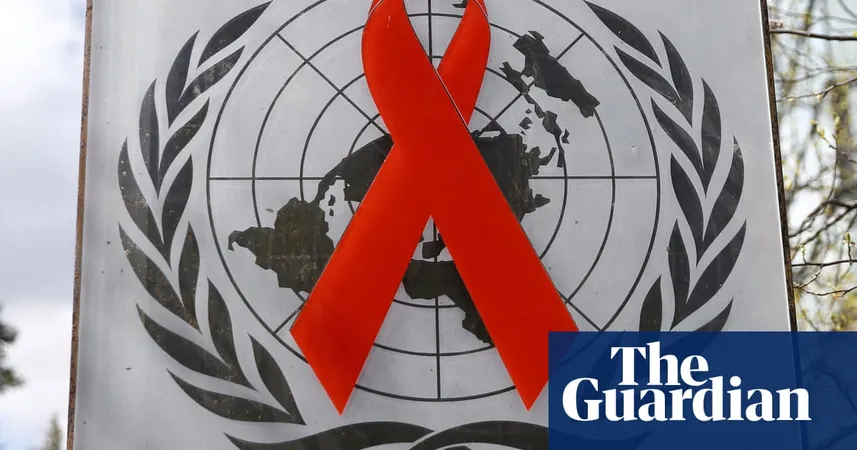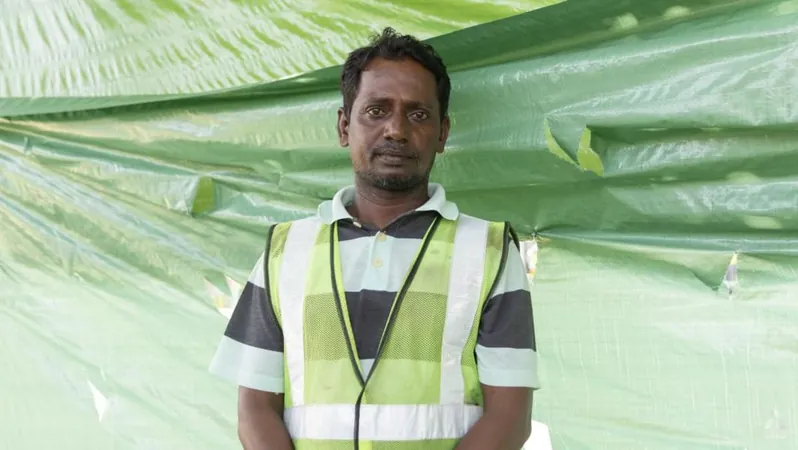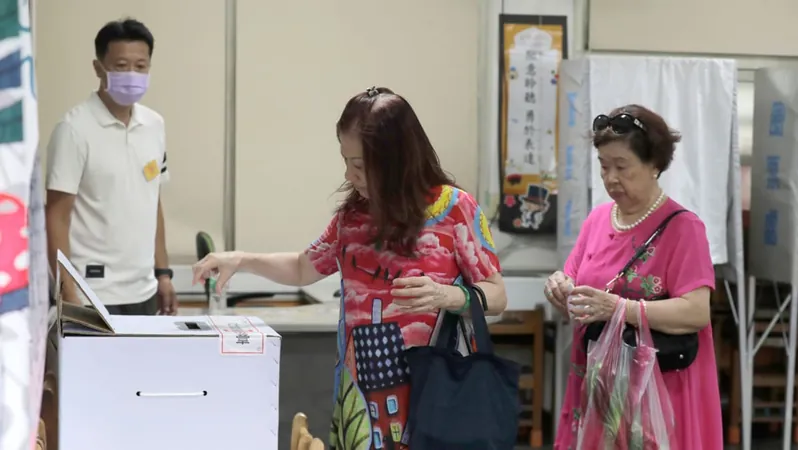
HIV Criminalization Crisis: Record Levels of Persecution Against Key Populations
2025-07-10
Author: Sarah
Record Criminalization of High-Risk HIV Groups
In a troubling trend, individuals at heightened risk of HIV—including gay men and people who inject drugs—are facing unprecedented levels of criminalization worldwide, as highlighted by UNAids.
Draconian Laws on the Rise
For the first time in a decade, the number of countries imposing punitive laws against same-sex relationships and gender expression has surged. Just within the last year, Mali has made homosexuality a criminal offense, while Trinidad and Tobago has reverted to colonial-era laws by reinstating bans on consensual same-sex relations.
In Uganda, the 2023 Anti-Homosexuality Act has exacerbated the repression of LGBTQ+ rights, and Ghana is following suit with legislation aimed at increasing penalties for homosexual acts.
The Impact on the Fight Against HIV/Aids
This alarming crackdown coincides with severe cuts to US funding that have hampered the global fight against HIV/Aids. UNAids warns that these funding reductions, combined with humanitarian crises and climate challenges, threaten the goal of eradicating the epidemic by the end of this decade.
Key Population Vulnerability
Certain groups termed "key populations"—including sex workers, gay men, transgender individuals, and those in prisons—remain particularly vulnerable to HIV infection. By 2025, only eight of 193 countries will not criminalize these populations or behaviors, including non-disclosure of HIV status.
Positive Trends Undermined by Funding Cuts
Despite the lowest HIV infection and AIDS-related deaths in over three decades—1.3 million new infections and 630,000 deaths in 2024—progress is far from uniform. Regions like sub-Saharan Africa have seen a 56% drop in infections since 2010, while the Middle East and North Africa have experienced a staggering 94% rise.
With innovative treatments like preventive drugs showing promise, UNAids emphasizes that the world has the tools needed to end Aids as a public health threat by 2030.
Funding Cuts: A Step Backwards
However, this momentum is under grave threat. Following drastic cuts in US aid orchestrated by Donald Trump, the capacity for effective HIV prevention services has plummeted. In Nigeria, the number of individuals receiving preventive drugs dropped dramatically from 43,000 in November 2024 to under 6,000 by April 2025.
The Road Ahead: Uncertain and Dangerous
Activists warn that key populations are at risk of being left behind, as they often rely on donor-funded community clinics shut down due to funding losses. According to Dr. Beatriz Grinsztejn, president of the International Aids Society (IAS), these groups are perpetually marginalized.
As researchers prepare to present new findings at the upcoming IAS conference in Kigali, Rwanda, grim forecasts predict that without US funding, an additional 4 million deaths and 6 million new infections could arise globally by 2029.
Conclusion: The Urgent Need for Action
The crisis of criminalization against high-risk groups poses a significant obstacle in the battle against HIV/Aids. As funding cuts threaten life-saving prevention efforts, immediate action and awareness are needed to protect those most vulnerable in our societies.





 Brasil (PT)
Brasil (PT)
 Canada (EN)
Canada (EN)
 Chile (ES)
Chile (ES)
 Česko (CS)
Česko (CS)
 대한민국 (KO)
대한민국 (KO)
 España (ES)
España (ES)
 France (FR)
France (FR)
 Hong Kong (EN)
Hong Kong (EN)
 Italia (IT)
Italia (IT)
 日本 (JA)
日本 (JA)
 Magyarország (HU)
Magyarország (HU)
 Norge (NO)
Norge (NO)
 Polska (PL)
Polska (PL)
 Schweiz (DE)
Schweiz (DE)
 Singapore (EN)
Singapore (EN)
 Sverige (SV)
Sverige (SV)
 Suomi (FI)
Suomi (FI)
 Türkiye (TR)
Türkiye (TR)
 الإمارات العربية المتحدة (AR)
الإمارات العربية المتحدة (AR)